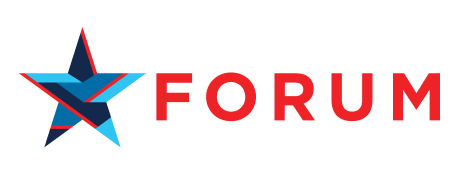Introduction
On September 24, 2025, the Department of Homeland Security (DHS) published a proposed rule to change how U.S. Citizenship and Immigration Services (USCIS) operates the lottery process to select H-1B visa petitions. Under current rules, when the number of petitions exceeds the 85,000 available cap (65,000 visas under the regular cap and an additional 20,000 visas under the advanced degree exemption cap), USCIS conducts a random lottery selection that grants every beneficiary the same chances of being selected. The proposed rule would replace that random lottery with a weighted selection process that gives greater odds of selection to higher-wage applicants.
The public comment period for this notice of proposed rulemaking (NPRM) is open until October 24, 2025, meaning the rule is not yet finalized and may be revised in response to feedback.
Key Provisions of the NPRM
Weighting by wage level: Based on the profession, salary, and region of the H-1B applicant, petitions would be assigned a weight based on the Occupational Employment and Wage Statistics (OEWS). A registration at wage level IV would be entered in the lottery pool four times. At wage level III, applicants would be entered in the lottery three times. At wage level II, applicants would be entered two times. And at wage level I applicants would be entered just once.
Within each occupation and region in the country where the job will be performed, the OEWS data set provides four wage levels that correspond roughly to experience and job complexity:
- Level I (entry-level) – Basic understanding and close supervision.
- Level II (qualified) – Moderate experience and judgment.
- Level III (experienced) – Substantial experience and independent work.
- Level IV (fully competent) – Advanced expertise and often supervisory roles.
OEWS wage levels vary significantly based on profession and location, with urban wage levels often exceeding those in suburban and rural areas. A Level IV position is not always a high-paying job in the national income average. Some Level IV wages in certain fields fall below the national median, while some Level II positions rank among the highest-paid in the U.S. economy.
Required SOC disclosures: As explained above, OEWS wage levels vary by both profession and geographic region. Each profession is classified under a Standard Occupational Classification (SOC) code, such as “Software Developers” or “Civil Engineers.” Each SOC has its own national and regional wage data, reflecting differences in required skills, education, and market pay. Registrants would need to indicate on the registration the SOC code, industry of intended employment, and the wage level box corresponding to the offered wage.
How the NPRM Could Affect Different U.S. Industries
If finalized, the weighted selection process would significantly change how employers across industries approach the H-1B program. By tying selection odds to the OEWS system, the rule would reward employers that pay higher salaries and potentially disadvantage those offering entry-level or lower-paid specialty positions in areas with a lower cost of living. The effects would likely vary by sector, but it is undeniable that, the proposal would create significant challenges for the labor market:
Potential for wage inflation: Employers may feel pressure to raise wages primarily to gain lottery advantage, even if it does not reflect local market rates.
Reduced diversity of roles: Because selection odds would favor higher-paying jobs in high-cost of living regions, essential positions with lower wages — such as entry-level and rural positions — could receive fewer visas. This may narrow the range of workers, areas and companies that benefit from the H-1B program over time.
Administrative complexity: Determining and documenting correct OEWS wage levels across multiple worksites could add compliance challenges for employers.
Obstacles for smaller employers: The rule could disadvantage smaller firms and employers that cannot match private-sector salaries.
Undermines international student pipeline: By favoring higher-paid positions, the NPRM could disadvantage many high-skilled, entry-level roles typically pursued by recent international graduates. This shift may weaken the international student pipeline, making it more difficult for graduates to begin their careers in the U.S. and discouraging prospective students from choosing U.S. universities.
Exemptions to the H-1B Visa Cap and Lottery System
The NPRM does not change existing H-1B visa exemptions for institutions of higher education, nonprofit research organizations, and government research organizations. These cap-and-lottery-exempt employers would continue to be excepted from the 85,000 visa cap and the lottery system and be able to file H-1B petitions at any time of year, outside the lottery system.
Conclusion
The proposed H-1B weighted selection rule would represent a major shift in how the U.S. allocates limited visa slots among highly skilled foreign workers. Industries that rely on entry-level or modestly paid skilled workers in rural areas may find it harder to compete, potentially limiting innovation and workforce diversity. As DHS considers public feedback before finalizing the rule, it will be crucial to balance efficiency and fairness—ensuring that the H-1B program continues to meet the needs of employers of all sizes and regions and the broader U.S. economy.


